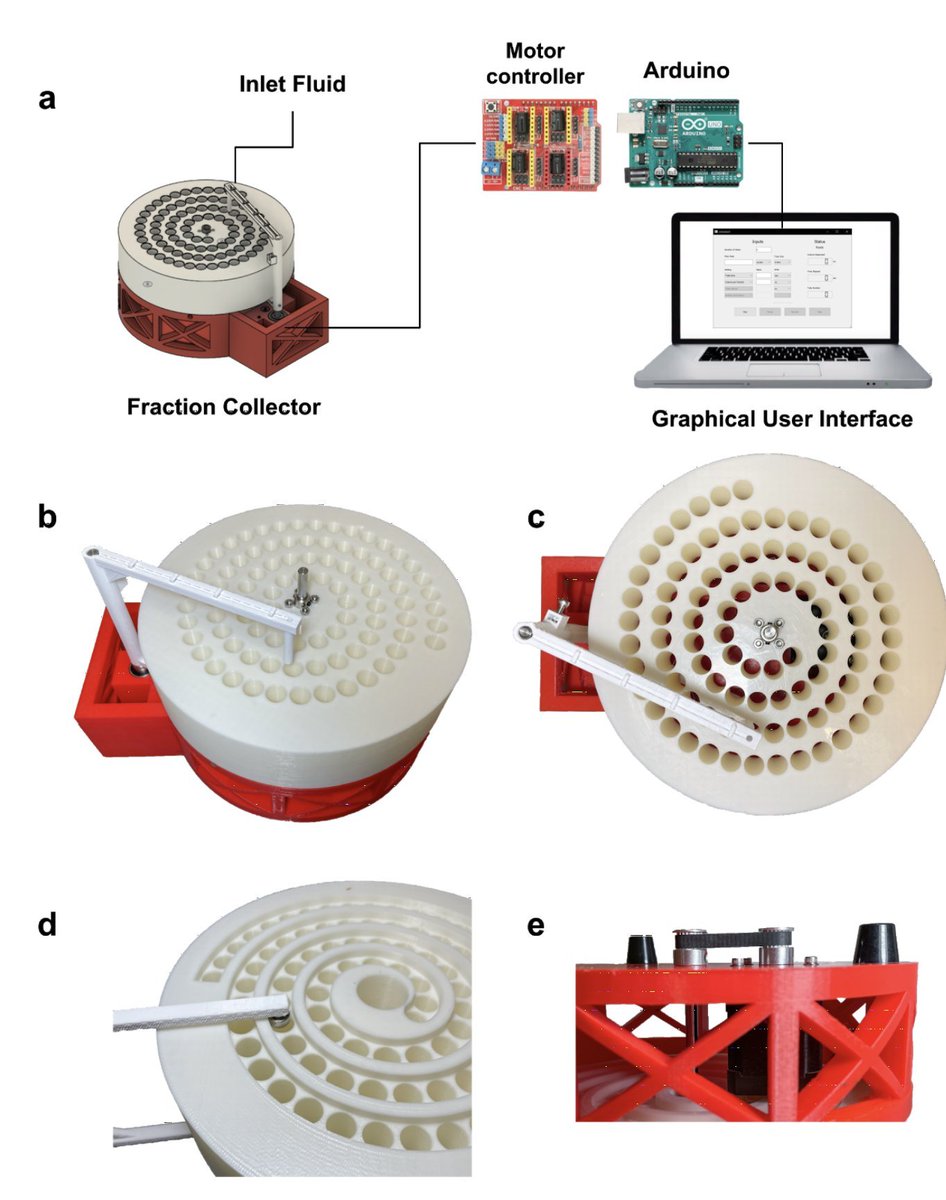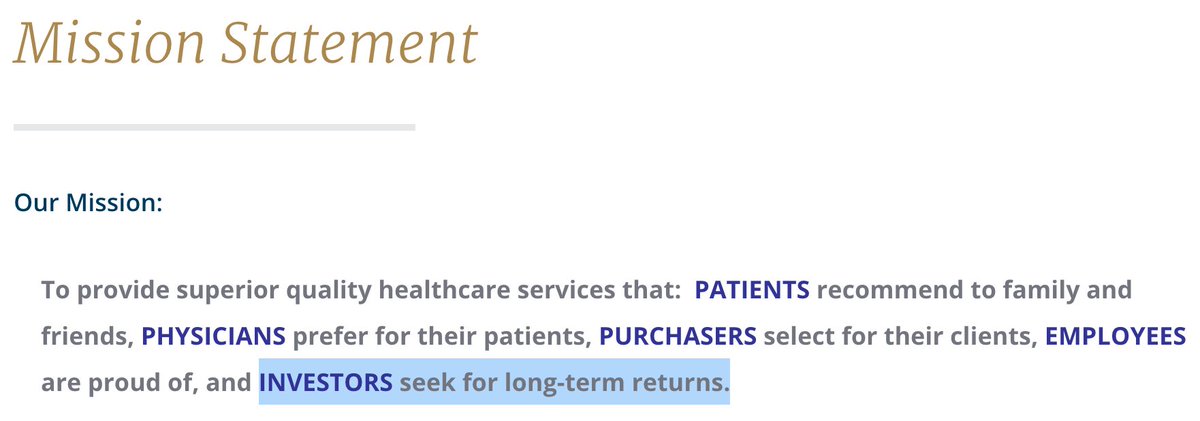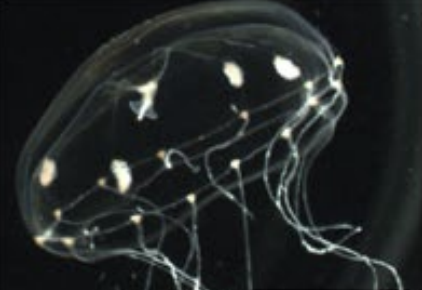
Yesterday I posted a piece about @OrchidInc's polygenic embryo selection. I thought, based on a press release I read, that they were the first company to undertake polygenic embryo selection. 1/ liorpachter.wordpress.com/2021/04/12/the…
The press release started w/ "Orchid, the first preconception system to quantify how a couple's genetics impacts their future child's health, today announced a $4.5M seed round..". It went on to describe the company's polygenic embryo selection product. 2/ prnewswire.com/news-releases/…
I naïvely assumed that Orchid is the first company to embark on polygenic embryo selection, but TIL that is not the case. In fact, more than two years ago, an article in @TheEconomist discussed myome.
https://twitter.com/EricTopol/status/1063139330594562053?s=203/
The company's website (myome.com) describes their strategy as polygenic embryo selection. 4/ 

However, unlike Orchid which is just starting out, myome has already assembled a formidable team to work on this. myome.com/#team. The advisors are @sbmontgom, @HastieTrevor, @Rbaltman from @Stanford and @jacobkitzman from @UMich. 😮 5/ 

That's five @Stanford profs I'm aware of currently advising or assisting companies engaging in polygenic embryo selection (w/ @JanLiphardt & @cdbustamante for @OrchidInc). Super disappointing that they would engage in this scientifically bankrupt & morally repugnant enterprise.6/
I highlight @stanford because while this has been going on, @MLevitt_NP2013, Ioannidis, Atlas, and Bhattacharya, also all @Stanford, having been engaged in scientifically bankrupt and morally repugnant #covid19 denial. As a separate matter, Palo Alto, we have a problem. 7/
In terms of myome and Orchid, I really hope the genetics community comes together to send a strong message to the public about why PES is a horrible idea. 8/
• • •
Missing some Tweet in this thread? You can try to
force a refresh











